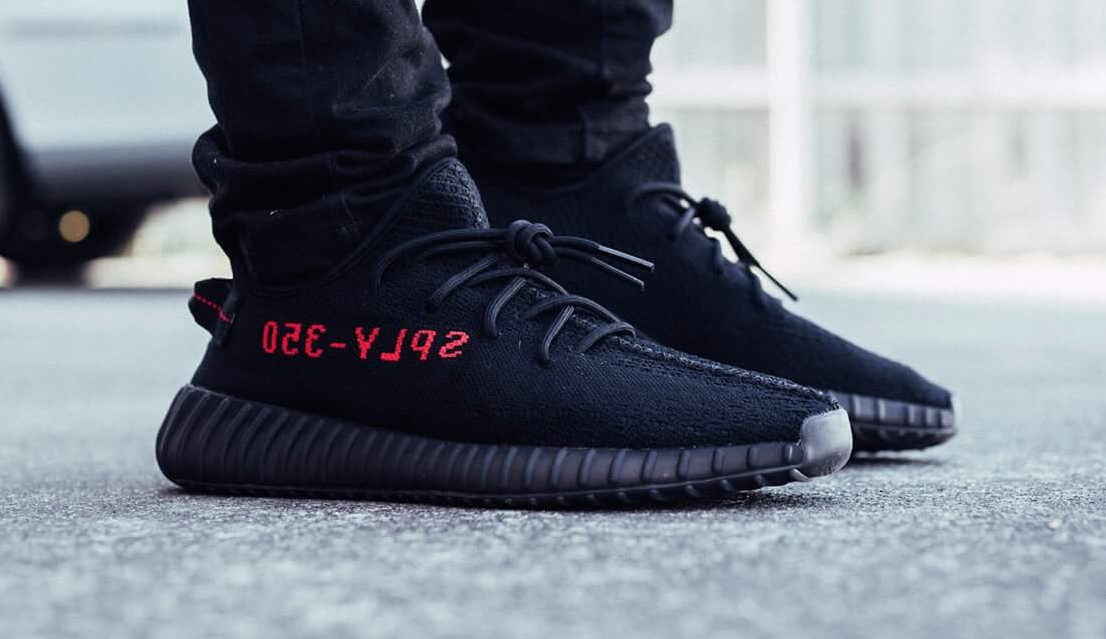How Supreme & Yeezy Use Scarcity to Drive Sales
Adidas Yeezy Boost 350 V2
Author Robert Cialdini was on to something when he wrote: “people want more of those things they can have less of”. In his book Influence, The Psychology of Persuasion Cialdini outlines six principles of influence. One of those principles is scarcity. To provide an example of the scarcity principle in action, Cialdini writes: “when British Airways announced in 2003 that they would no longer be operating the twice daily London to New York Concorde flight because it had become uneconomical to run, sales the very next day took off. Notice that nothing had changed about the Concorde itself. It certainly didn’t fly any faster, the service didn’t suddenly get better, and the airfare didn’t drop. It had simply become a scarce resource. And as a result, people wanted it more.”
Scarcity is a principle savvy retailers are using more and more with success. Streetwear retailers such as Supreme popularized the concept of the product “drop”. Less product than demand is offered for sale causing limited edition drops to sell out in minutes. The other benefit of limited edition drops is that the consumers that can actually get their hands on the product often sell it on the resale market further ratcheting up the demand for the merchandise. While drops have been made popular by streetwear brands other brands are trying to get in on the action. As a sign of the popularity of the drop culture, Amazon, never one to be left out recently launched The Drop. “The Drop” is an initiative that provides customers with: "exclusive access to limited-edition, street-style inspired collections designed by fashion influencers from around the world.”
According to Adam Alter, Marketing professor at NYU Stern School of Business “If you want to create a scarcity frenzy, and your brand has a strong following, all you need to do is release a large number of different products, but very few of each one.” It probabaly isn’t that easy but if you are looking to make the scarcity principle work for you here are some examples of brands that have had success.
1. Supreme. With a level of precision and discipline that is characteristic of the widely popular streetwear brand, every Thursday morning at 11:00 am during the summer/spring and fall/winter seasons Supreme drops a limited collection of merchandise. The carefully crafted drops have created a habit that keeps customers coming back to Supreme each week to see what new merchandise is up for sale.
The effectiveness of Supreme’s approach should not be underestimated as habits are central to human nature. Supreme’s customers automatically check the company’s website each week at 11:00 am on Thursdays to see what is new and exciting. Having the drops occur at a specific time reinforces this habit. Customers do not have to guess when new merchandise will be available they know the exact times and are always ready to shop.
2. Yeezy. Kanye West and Adidas have mastered the art of the drop. In 2015 when Adidas released its first collaboration with West, the Yeezy Boost 750 in light brown, only 9,000 pairs were made available for sale. To purchase the shoe customers had to make a reservation through Adidas’ mobile app. The shoes were out of stock in 10 minutes. Limited drops like these create pent up demand for the Yeezy brand which Adidas and West have capitalized on by expanding demand in later years. For example, years after an initial drop Adidas re-released the Triple White Yeezy Boost 350 in 2018. This time it was easy for interested customers to get their hands on the shoe as Adidas increased the quantities available for sale to up to a million shoes. According to GQ magazine the release of "Triple White" Yeezy Boost 350 in white represents: “the first time a Yeezy sneaker will be released in mass quantities, giving an unprecedented number of fans worldwide direct access to at retail price [s].”
3. Kylie Cosmetics. Kylie dropped a limited quantity of lip kits when she launched her business in November of 2015 and they sold out in less than a minute. Instead of creating disappointed customers, customers became even more anxious to buy her products. That strategy also increased the perceived value of her product line. Could there be any better social proof than a product customers want to buy but is sold out for months? Then the ensuing social media frenzy as potential customers discussed their desire to get her products over and over on social kept demand going long after the sellout. Now that form of marketing is priceless.
Subscribe to our newsletter and get the latest retail insights & trends delivered to your inbox
Sources
https://www.influenceatwork.com/principles-of-persuasion/#scarcity
https://fashionista.com/2017/06/drop-culture-psychology-shopping-consumer-behavior
https://www.vox.com/the-goods/2018/9/21/17888676/adidas-yeezys-kanye-west-easy-to-buy-sellout
https://www.gq.com/story/yeezy-boost-350-triple-white?mbid=social_twitter

